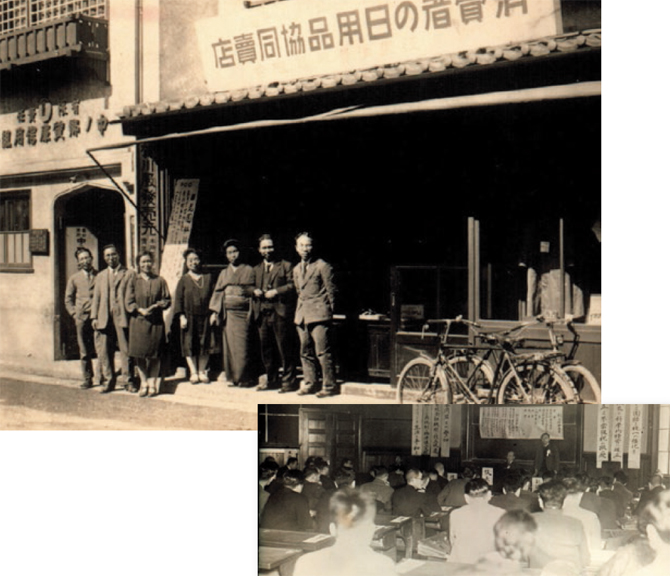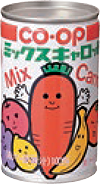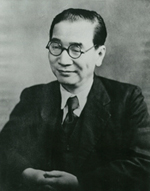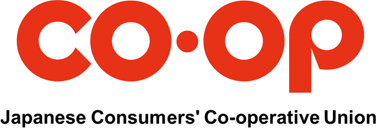History of JCCU and Consumer Co-ops Nationwide
Consumer Co-operative Movement in Japan
The first Japanese consumer co-op was established at the end of the 19th century on the model of the Rochdale Pioneers Co-operative. In the late 1940s, consumer co-ops spread across the country to deal with the poor livelihoods of citizens after the Second World War.
They expanded their business into the areas of supermarkets and home delivery services to protect consumers from inflation and meet their requirements regarding food safety during Japan's rapid economic growth in the 1960s and 70s.
Today, consumer co-ops have 30 million members nationwide with a total business turnover of over 3.7 trillion yen.
A Brief Chronicle of the Modern Japanese Consumer Cooperative Movement [PDF:1.86MB]

1945
The Japanese Co-operative Alliance, the predecessor of JCCU, is established.
1948
Consumers' Livelihood Co-operative Society Law is enacted.
1951
Japanese Consumers' Co-operative Union (JCCU) is established.
1958
Japan Consumer Cooperative Business Union is established as a joint purchase business federation of consumer co-ops.
1960
JCCU launches its first CO·OP Brand Product, "CO·OP Butter."

1968
Consumer co-ops nationwide start joint buying group delivery.
1970~
Consumer co-ops grow rapidly. Joint buying business and supermarket-style stores expand.

1976
JCCU establishes the JCCU Laboratory.
1984
JCCU launches its first insurance product as a CO·OP Brand Product.

1985
Membership of consumer co-ops exceeds 10 million.
1992
The 30th ICA General Congress is held in Tokyo.
1995
JCCU and its member co-ops take action to support the victims of the Great Hanshin-Awaji Earthquake.
1997
"The Ideal of Japanese Consumer Co-ops Movement for the 21st Century" is adopted.
1998
Membership of consumer co-ops exceeds 20 million.
2007
Consumers' Livelihood Co-operative Society Law (hereafter Consumer Cooperatives Act) is amended and enforced the following year.
2008
Japan CO-OP Insurance Consumers' Co-operative Federation (JCIF, currently called as CO・OP Kyosai) is established.
2010
The Health Co-operative Association of JCCU becomes independent from JCCU as Japanese Health and Welfare Co-operative Federation (HeW CO-OP JAPAN).
2011
JCCU and its member co-ops take action to support the victims of the Great East Japan Earthquake.
2012
International Year of Co-operatives
2015
Renewal of CO·OP Brand Products
2018
JCCU and its member co-ops take action to support the victims of natural disasters including the July 2018 West Japan Heavy Rain.
JCCU declares the Co-op Action Plan for SDGs.
2020
JCCU adopts the 2030 Vision of Japanese Consumer Co-ops.
Father of Japanese Co-operative Movement

Toyohiko Kagawa dedicated his whole life to the development of co-operative movements. He always stood on the front-line of social reform movements such as the movements for labors, farmers and universal suffrage.
He was always a pioneer. Kagawa was born in Kobe, in 1888. He studied in Tokushima junior-high school, Meiji Gakuin University, and Kobe Theological Seminary.
Then he continued his education in Princeton University and Princeton Theological Seminary, the USA. In 1920, he established the Purchase Association Kyoeki-sha in Osaka.
In 1921, he established Kobe Consumer Cooperative and Nada Purchase Association (later they merged and became Co-op Kobe) in Kobe. He also established many other co-ops such as the Kyoto Family Consumer Cooperative, Tokyo Students Consumer Cooperative and a medical service user cooperative, the predecessor of the Tokyo Medical Cooperative. In November 1945, just after the end of the war, he organized the Japanese Co-operative Alliance. In 1951, he founded Japanese Consumers' Co-operative Union. Until his death in 1960 at the age of 72, he had served as the President.


